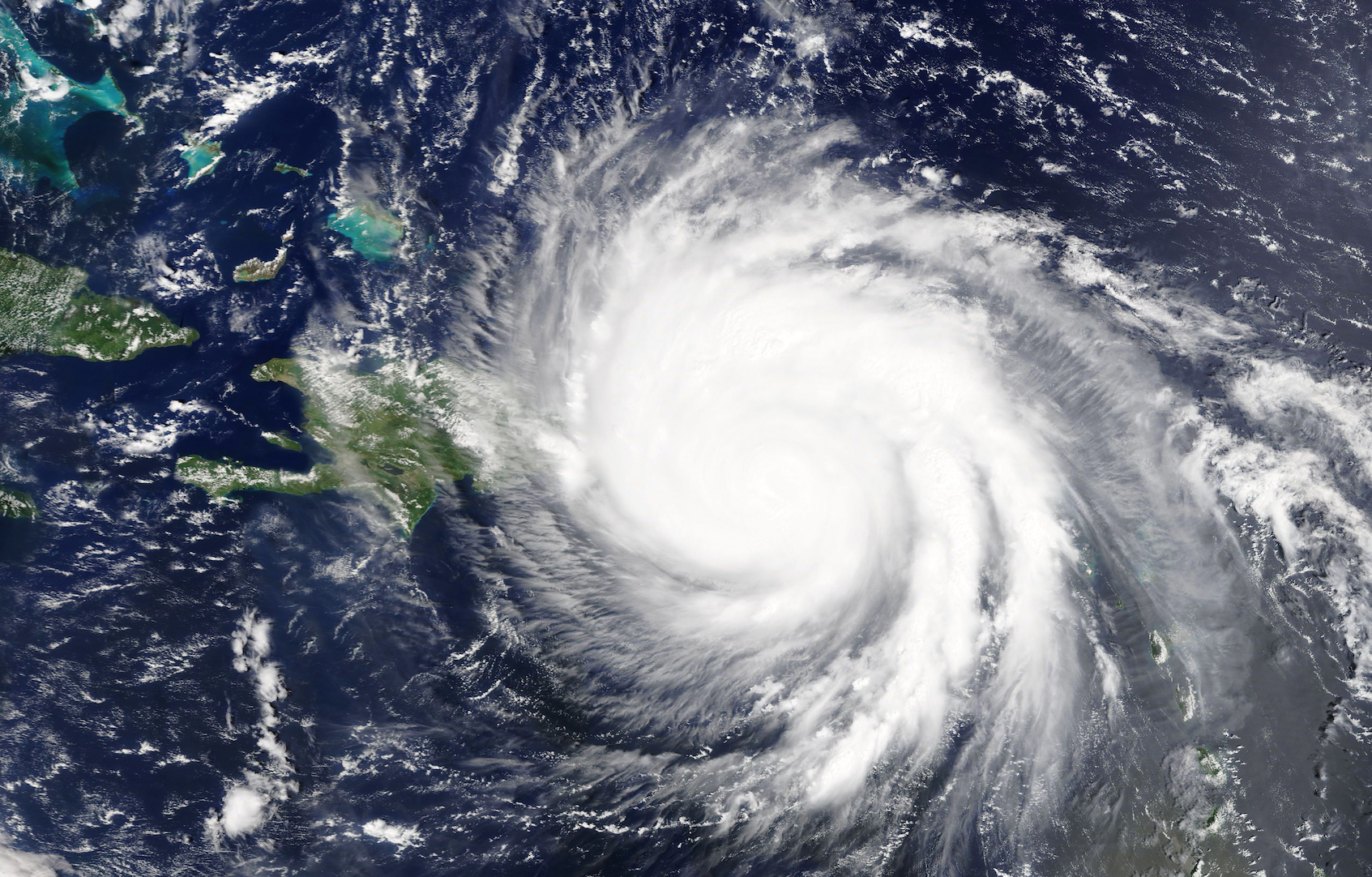
Inducing air bubbles into the ocean may help slow down hurricanes
Norwegian scientists at SINTEF Ocean are currently testing a way to slow hurricanes down by cooling seawater surface temperatures in an effort to cut off the storms’ energy source. The idea is to produce air bubbles deep in the ocean that will carry cold water along with them as they rise to the surface.
Warm ocean temperatures give hurricanes and other tropical storms the fuel they need to strengthen and continue churning. In addition, the hot water contributes to a warmer atmosphere which can hold more water.
Unusually warm seawater in the Atlantic Ocean intensified the devastating 2017 hurricane season, which claimed hundreds of lives and caused a reported $370 billion in damages worldwide.
Hurricanes form when hot and cool air collide over ocean water that is at least 79.7 degrees Fahrenheit, or 26.5 degrees Celsius.
Grim Eidnes is a Senior Research Scientist at SINTEF Ocean.
“Climate change is causing sea surface temperatures to increase,” said Eidnes. “The critical temperature threshold at which evaporation is sufficient to promote the development of hurricanes is 26.5 degrees Celsius.”
“In the case of hurricanes Harvey, Irma and Maria that occurred in the Gulf of Mexico in the period August to September 2017, sea surface temperatures were measured at 32 degrees Celsius.”
OceanTherm founder Olav Hollingsæter first came up with the concept of cooling the ocean after witnessing the catastrophic power of Hurricane Katrina. He proposed his idea to scientists at SINTEF, who were already testing the bubble technique to control the spread of oil spills, and the project was launched.
Using the “bubble curtain” method, bubbles are released from a perforated pipe filled with compressed air. As the bubbles rise, they bring up cold water from deep in the ocean to cool the surface.
“Our initial investigations show that the pipes must be located at between 100 and 150 meters depth in order to extract water that is cold enough,” said Eidnes. “By bringing this water to the surface using the bubble curtains, the surface temperature will fall to below 26.5 degrees Celsius, thus cutting off the hurricane’s energy supply.”
Bubble curtains have been successfully used for many years to keep Norwegian fjords free of ice. Hollingsæter explained that the technique can be implemented on a small or a large scale, and that bubble curtains can be deployed based on oil production platforms.
“The cost-benefit potential of the SINTEF project is very great,” said Hollingsæter. “The most intense hurricanes cause communities major material damage and, in some cases, many lives are lost. This project is both meaningful and important. I hope and believe that we will succeed.”
—
By Chrissy Sexton, Earth.com Staff Writer












